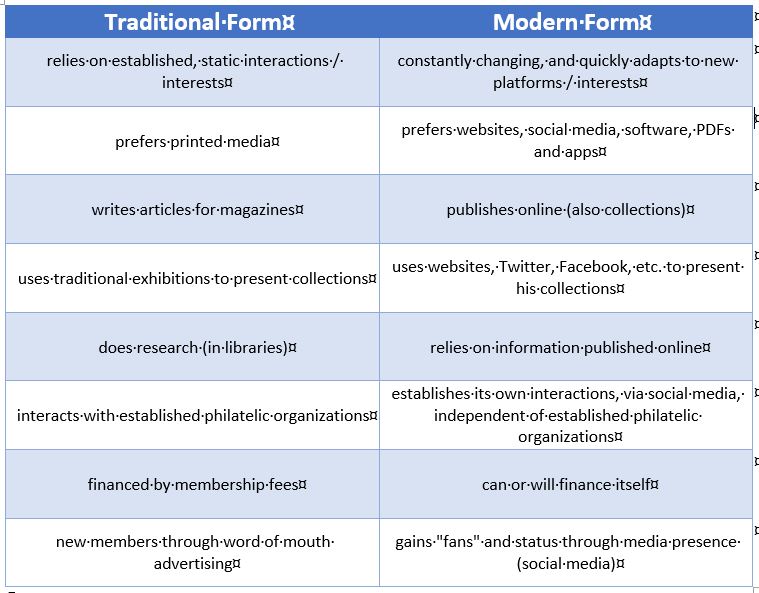 This week I looked around on the internet, where different philatelists see the future of philately. There are many (including myself now) who give their opinion. But I was impressed by an APS Stamp Chat, in which an inventory was made (see table). A review of what could, or already does, distinguish a traditional philatelic society from a model of the future. This comparison is very helpful to see where your own club stands and where it could be developed.
This week I looked around on the internet, where different philatelists see the future of philately. There are many (including myself now) who give their opinion. But I was impressed by an APS Stamp Chat, in which an inventory was made (see table). A review of what could, or already does, distinguish a traditional philatelic society from a model of the future. This comparison is very helpful to see where your own club stands and where it could be developed.
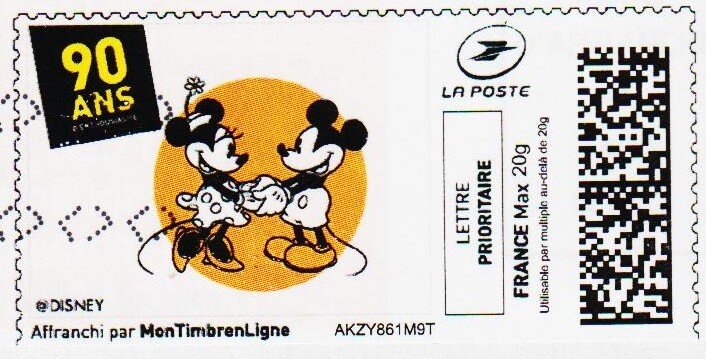
Complement and talk to each other
I would like to emphasize here, however, that there are no two models that should be in opposition to each other. On the contrary: they should complement each other! The value of the current digital media – on which modern philately relies a lot – is obvious, but it is definitely not all that will make up the future of philately.
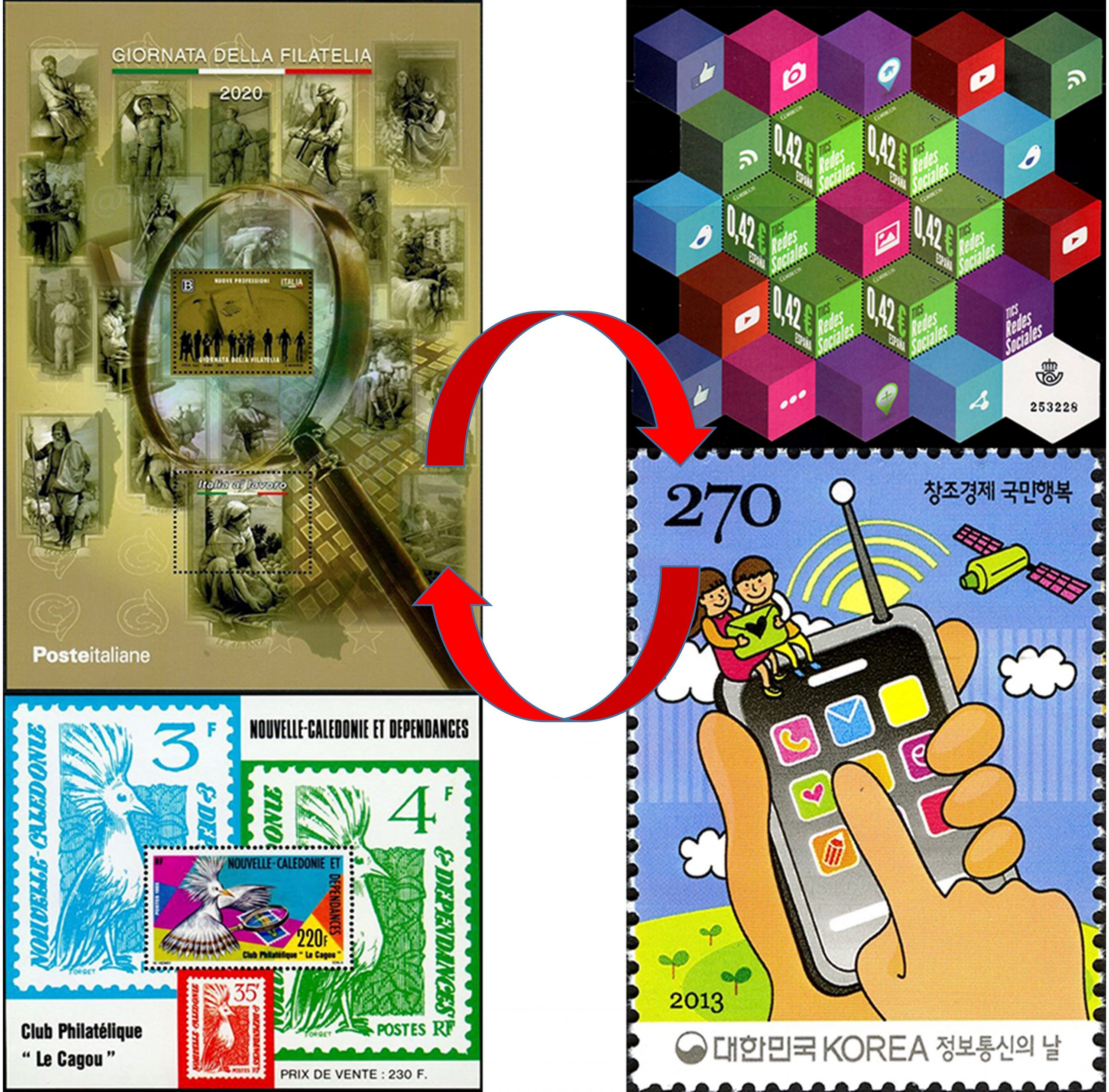
Tradition learns from modern and vice versa
The traditional way of running a club and exchanging information is largely a function of a particular generation, so the transition to new media in terms of communicating with new generations of collectors can be difficult. But even “new” collectors cannot help but recognize that we all depend on the work of previous generations for our knowledge. Only people can pass on their knowledge to us. And often it is only the direct conversation that cannot be replaced by the internet. By the way, this is not only the case in philately but almost everywhere in life, such as in science or in other associations. Therefore: traditional meetings and also exhibitions cannot be completely replaced by the new forms of communication, because these often lack the social aspect. A chat over a glass of wine about the most beautiful receipts and stamps, or even about the latest local events, cannot be replaced by any virtual platform. But we have to adapt to the new forms and use them. Move with the times without forgetting tradition!
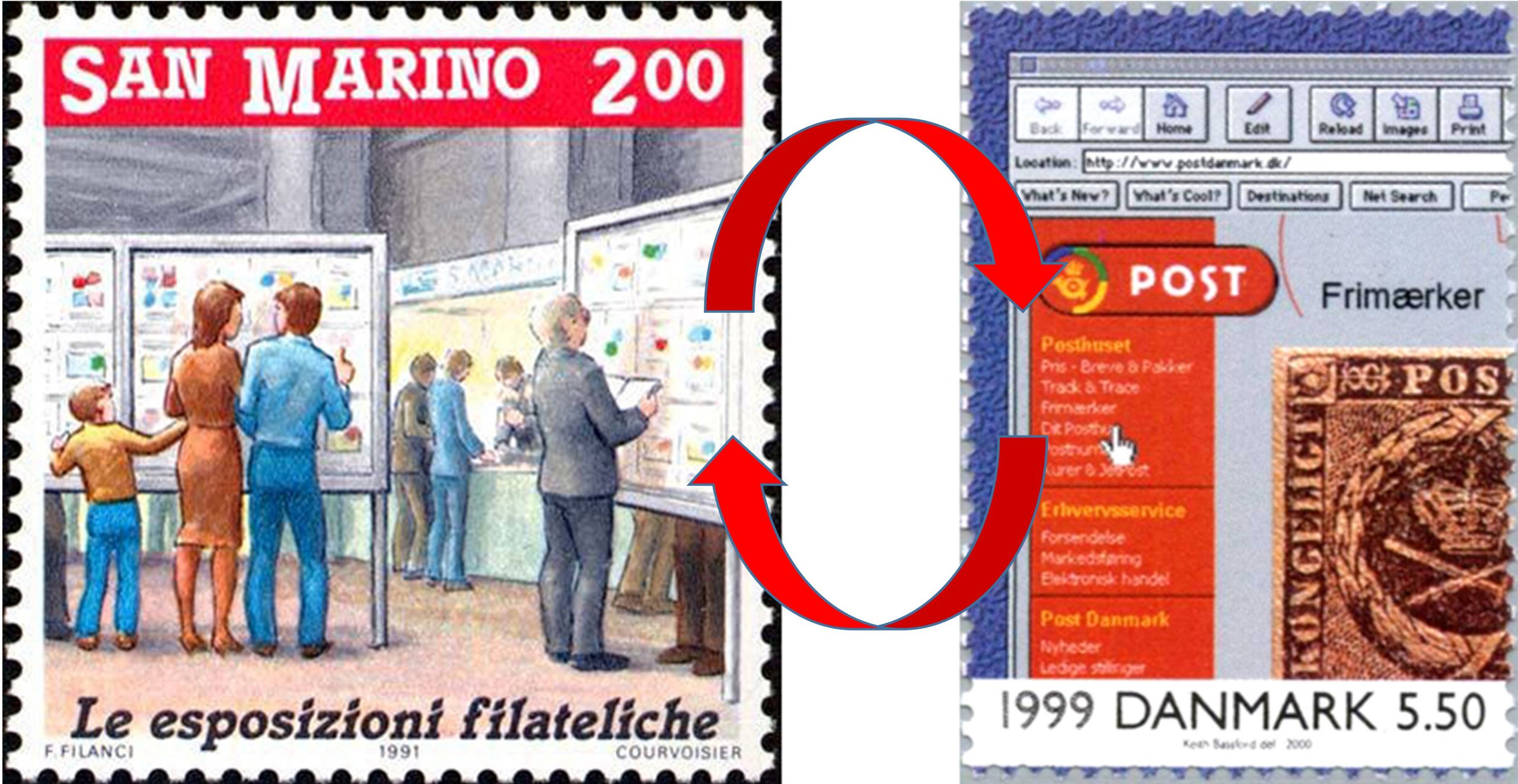
There could also be two forms of exhibitions in parallel
One advantage that this type of philatelic association offers is that these platforms provide a platform for free spirits who do not want to or cannot join the established organizations. According to surveys, there are many of them. Many philatelists do not seem to be organized. Often they are not, because they are deterred by the unfortunately already very encrusted and often innovation-resistant structures. On the ever-changing free platform of the Internet, people are freer and can still exchange information.
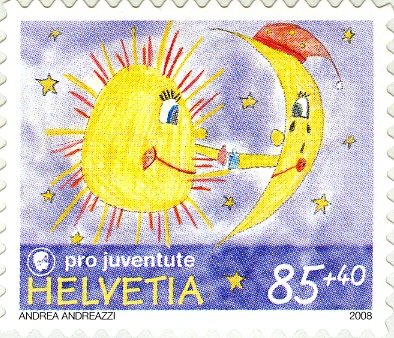
Philately overcomes borders
The inclusion of the new possibilities – such as virtual lectures – is also a gain for cross-border and inter-regional associations and clubs. Our friends of the Int. Briefmarkenverein Rosenegg could already experience this with their now regular virtual lectures. The audience consists of people from 4-5 countries from three different associations. But also non-philatelists, who are addressed by topics of general interest. This can be an advantage in spreading the joy of philately. Even if these listeners then perhaps do not start collecting themselves but they see that philately can also be simple (you don’t need much expertise for this kind of philately), cross-national, interest-spanning and friendship-building.
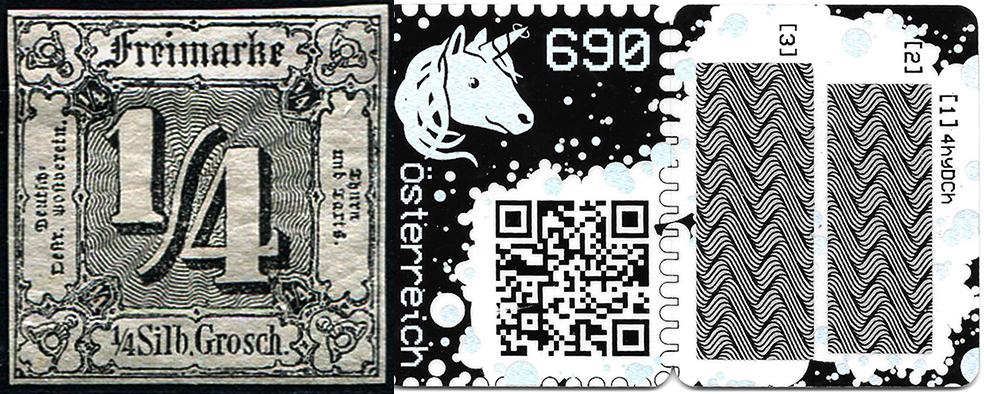
… and as long as philately does not shy away from the new, it will remain alive …. 1863 versus 2019
Therefore I am convinced that I can answer the question already asked in the magazine for stamp collectors on July 1, 1863: “Does stamp collecting still have a future?” with a clear YES. Especially if we manage to use the new media to win over people who also love stamps and philately, even if they don’t want to get organized at first.
